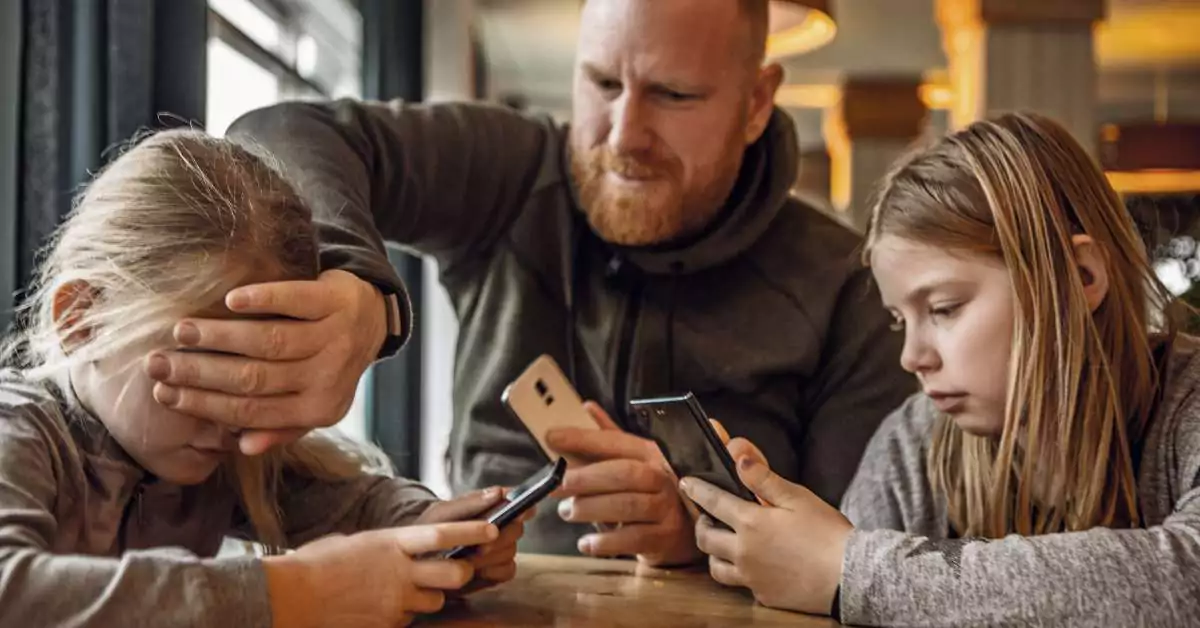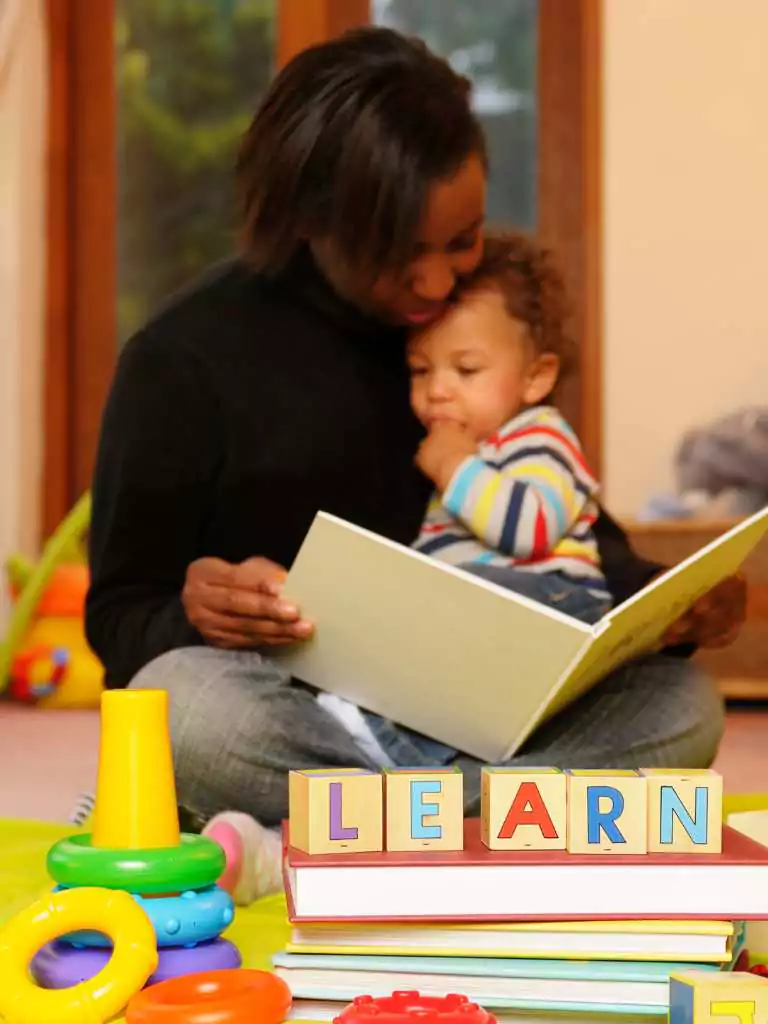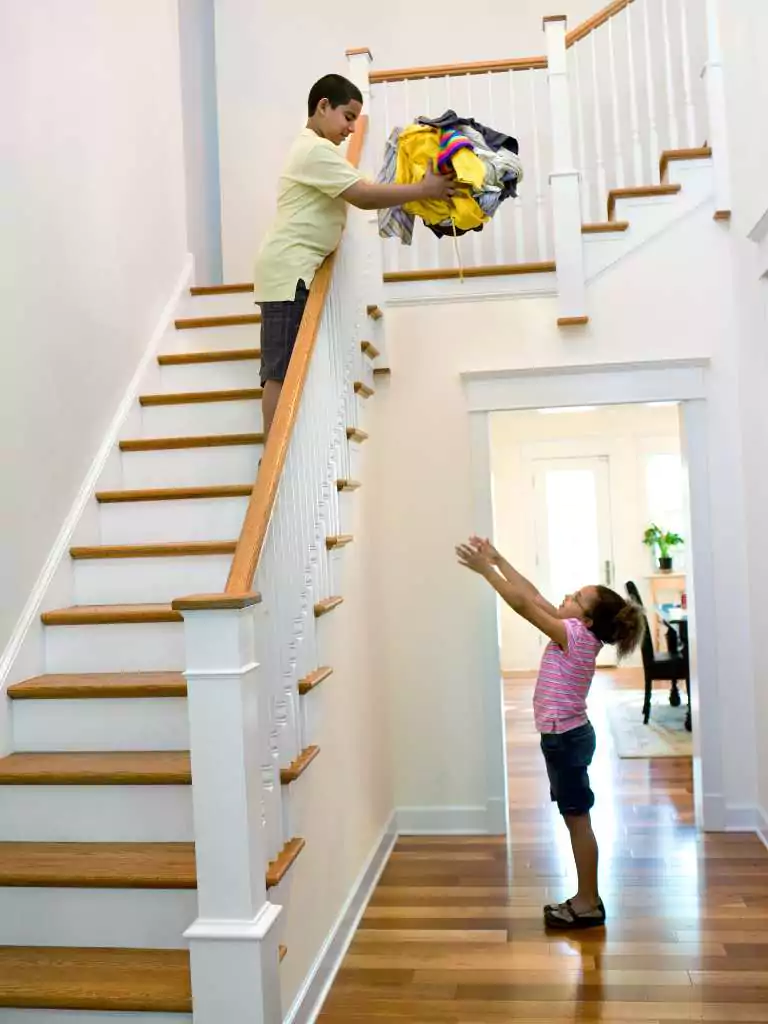Let’s be real—screens are everywhere. Tablets, phones, TVs, smartwatches… even fridges want our attention now. As a parent, I’ve often felt like I’m in a boss battle against YouTube and video games.
It’s not that screens are evil (I mean, we’re all guilty of handing over the iPad to finish a coffee), but screentime limits are just necessary if we want our kids to grow up with balance, imagination, and a real-life childhood.
And trust me, screentime doesn’t have to end in meltdowns and power struggles. When we tailor screen habits based on age—and swap screen time with fun, real-world stuff—our kids actually thrive.
So let’s break it down by age, with practical ideas and some playful real talk from one parent to another.
1. Story Time Adventures for Toddlers (Ages 2–4)
Little ones love screens mostly because they’re colorful, loud, and do fun stuff at the tap of a finger. But guess what’s just as fun?
Story time with silly voices, animal sounds, and a whole lot of imagination. I keep a rotating stack of board books, and we create mini adventures.
This helps with early learning development, builds language skills, and gives their eyes a break from glowing rectangles. You’re not just reading—you’re bonding.
2. Sticker Charts & Screentime Reward Chart for Preschoolers (Ages 4–6)
At this age, kids are starting to understand cause and effect. So we use a screentime reward chart! For every chore completed or good choice made, they earn a sticker.
Five stickers? That’s 20 minutes of screen time. This makes screen time rules feel like a game, and honestly… it works better than any timeout ever has.
Bonus: they actually ask to clean up their Legos now.
3. Build-a-Fort Challenge for Kindergarteners
Who knew couch cushions and blankets were the enemy of iPad time? One afternoon, I challenged my kid to make a “Super Mega Blanket Fort” and voilà—she was busy for two hours without asking for the TV once.
Creativity explodes when you give kids open-ended challenges. This is a great screen time alternative that’s messy, imaginative, and screen-free fun.
4. Kitchen Helpers Club for Ages 6–8
My second grader is obsessed with “helping” in the kitchen—especially when the word “cookies” is involved. Inviting kids to help mix, stir, or even plan a mini meal teaches them life skills and keeps their hands busy.
We talk, we laugh, we make weird pancake shapes. It’s messy, yes—but it’s way more rewarding than zoning out in front of Netflix.
Plus, they’re learning math, science, and patience (a.k.a. the holy parenting trinity).
5. Earning Screentime the Old-School Way (Ages 8–10)
Kids this age can totally handle responsibility. We introduced chores to earn screen time using “Chore Coins.”
Each chore—laundry, dish duty, walking the dog—earns them a coin, and each coin equals 15 minutes of screen time. It’s fair, fun, and honestly helps the house stay cleaner. Win-win!
6. Backyard “No-Tech” Treasure Hunts for Tweens
Tweens are sneaky—they’ll tell you they’re “Googling homework” while binge-watching YouTube. So I started hosting weekly backyard treasure hunts.
They get a map, clues, and the thrill of solving a puzzle. No screens, just good old-fashioned fun. It helps get them moving, thinking, and even laughing (yes, even the eye-rolling tween will laugh… eventually).
7. DIY Dream Boards for 9–12-Year-Olds
Here’s a twist: instead of taking screens away, let’s inspire them. I gave my tween a stack of magazines, scissors, and glue—and asked them to create a dream board of what they want in life. Goals, hobbies, travel dreams.
This not only limits screen time—it gets them dreaming outside the screen and boosts learning development in a sneaky, artsy way.
8. Screen Time Talks (That Aren’t Boring)
I sat my kids down one night and said, “I’m not mad, I just want to understand why you love screen time so much.”
That one convo turned into a really cool back-and-forth. Kids are more likely to follow screen time rules if they know why they’re in place.
Talking openly (without lecturing) helps them feel heard—and makes it easier to set limits they’ll actually respect.
9. Weekend “Screen-Free Zones” for the Whole Family
We started declaring Saturday mornings as “screen-free zones”—even for the grown-ups (yes, I miss my coffee-scroll too).
We play board games, go to the park, or just chill with some music on. Turns out, kids aren’t the only ones who benefit from limiting screen time.
Modeling healthy habits makes a huge impact.
10. Pet Care = Daily Responsibility + Screen Earning
Got a pet? Boom. Instant responsibility. My teen feeds the dog and walks him before he earns any screen time.
It’s one of our most effective chores to earn screen time setups. It builds routine, teaches empathy, and turns the tablet into a reward—not a default setting.
11. Debate Nights for Teens
Teens love to argue, so let’s use it for good. We pick a topic—phones in school, AI taking over the world, pineapple on pizza—and have a structured debate (with snacks, of course).
It gets them off screens, gets them thinking critically, and believe it or not, they have fun. You can even offer a bit of screen time after as a reward for participating.
12. Journaling Instead of Scrolling
Sometimes my teen grabs their phone out of boredom. So I placed a cute journal on their nightstand and said, “Write one sentence a day about anything—no rules.”
It’s now become a habit. It’s creative, screen-free, and great for emotional health. Definitely one of our favorite non screen time activities for kids—especially for teens who hate being “told” what to do.
13. Let Kids Pick Their Own Screen Time Limits (With Boundaries!)
This one’s risky—but powerful. One weekend, I asked my teen how much screen time they thought was reasonable. Shockingly, they suggested less than I expected.
We worked together on a plan and wrote it out as part of our family’s screen time rules kids chart. Giving kids a little control can lead to better choices and way less drama.
Conclusion
Setting screentime limits doesn’t have to be a battle of wits and wills. When we approach it with creativity, open conversation, and age-appropriate strategies, it becomes less about restrictions and more about connection.
Our kids don’t need perfection—they need guidance, patience, and a few blanket forts. So next time the screen starts glowing a little too much, remember: you’ve got options, and your kids have so much more fun waiting off-screen.













